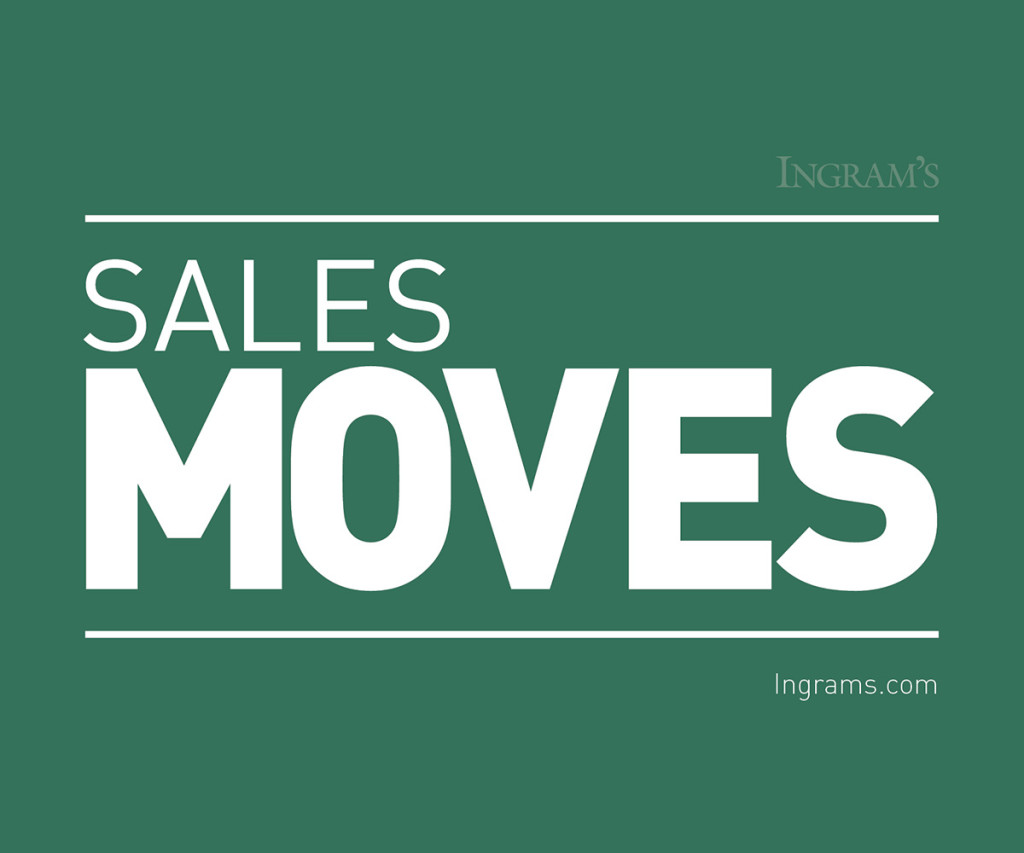HOME | ABOUT US | MEDIA KIT | CONTACT US | INQUIRE
HOME | ABOUT US | MEDIA KIT | CONTACT US | INQUIRE

It’s the best strategy for engaging, establishing control, proving value, creating a buying atmosphere, and forging a relationship. I define assertiveness as a state of mind and a state of preparation before implementation in a sales call. This writing assumes (a bad thought process in sales) you have both read and mastered last month’s Sales Moves. You must read, understand, and put those concepts into practice before part two can take shape.
The two remaining parts of assertiveness are the sales presentation itself and the follow-up to the sales call. It’s interesting that the sales call, the actual presentation, does not require the same amount of assertiveness as the follow-up. It’s way more difficult to re-engage a prospect and chase down a decision. But if you’re a great salesperson, an assertive salesperson, follow-up may not be necessary because you have asserted your way to the sale during the presentation.
The Presentation: When you get in front of a prospective customer, it is imperative that you look impressive and sound impressive. You know the old saying, “You never have a second chance to make a first impression.” You must start in a positive position in order to create a positive outcome.
Assertiveness begins with your eye contact, smile, and handshake. These actions establish you in the mind of the prospect as a person who is both self-assured and happy.
You take a relaxed seat. You accept anything that is offered to you in the way of water or coffee. You put yourself in the lean-forward position. Any tools or equipment you need to make your presentation are in front of you and ready to go. And you immediately begin by discussing anything other than your business and their business.
You begin the business of making friends. You begin the business of creating mutual smiles. You begin talking about them in a way that lets them know you’ve done your preparation and your homework. At any moment you can begin to discuss their needs; however, you prefer to discuss their family or their personal interests first.
The segue from rapport-building to business discussion requires an assertive thought process. There’s no formula, but there is a feeling. The salesperson’s responsibility is to feel when it’s right to move forward, and then have the assertive courage to do it.
Assertive presentations start with questions, offer unchallengeable proof in the middle, and end with a customer commitment that you have earned. But beware and be aware: Whoever you’re calling on wants to know what’s new and what the trends are in their business. If you are able to deliver those during your presentation, I guarantee you’ll develop a value-based relationship, and have the full attention of the buyer.
The Power of Assertiveness
The assertive presentation challenges you, the salesperson, to bring forth a combination of your knowledge as it relates to their needs as well as a durability to connect both verbally and nonverbally with the person or the group you’re addressing.
You’ll know your assertive strategy is working when the customer or the prospective customer begins asking questions to get a deeper understanding about your product or service. This changes monologue to dialogue and creates power of engagement—or should I say, assertive engagement.
At some point you have to complete the transaction. This means either asking for the sale (an OK part of the assertive process), or using some secondary means to confirm the sale (like scheduling delivery or installation).
Commitment to the order is where the rubber meets the road. If you get the order, it means you’ve done an assertively great job. If you don’t get it, it means you have to lapse into assertive follow-up mode. Here’s how:
The Follow-Up. Assertive follow-up will become permissible if asked for, and agreed upon, in advance. Like this: “Mr. Jones, what’s the best way for me to stay in touch with you?” “What’s your preferred method of communication?” “Is there anyone else I should ‘cc’ in our communications?” “May I send you an occasional text?”
These are permission-based questions that tell you where you are in the relationship. If you get that access, it means your relationship has reached a solid position.
If I ask for a “follow-up” appointment, I’ll no doubt get some vague runaround. But if I offer to come back with valuable information about his or her business or job function, I’m certain to be granted that appointment.
The dialogue might go something like this, “Mr. Jones, I visit 30 or 40 businesses a month. During those visits I don’t just sell, I observe. Each month I list two or three ‘best practices.’ In my follow-up with you, I’ll need five minutes to share those practices each month. Is that fair enough?”
Heck yes! Your offer to help the customer with his or her business, and his or her job function, will not just endear you, it will also create the basis of a solid relationship. A value-based relationship. One where assertiveness is actually acceptable.
The ultimate goal beyond a sale is a trusted relationship with your customer. The path to secure that relationship begins with mastering the principles of assertiveness and then putting them into practice. The by-product? More sales.